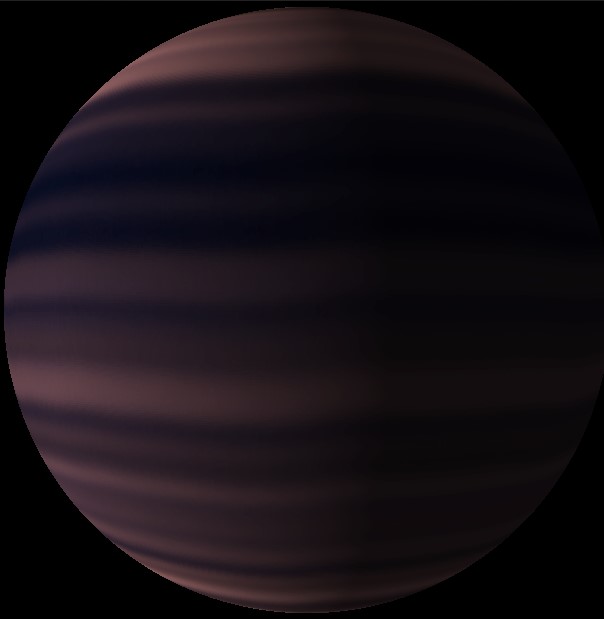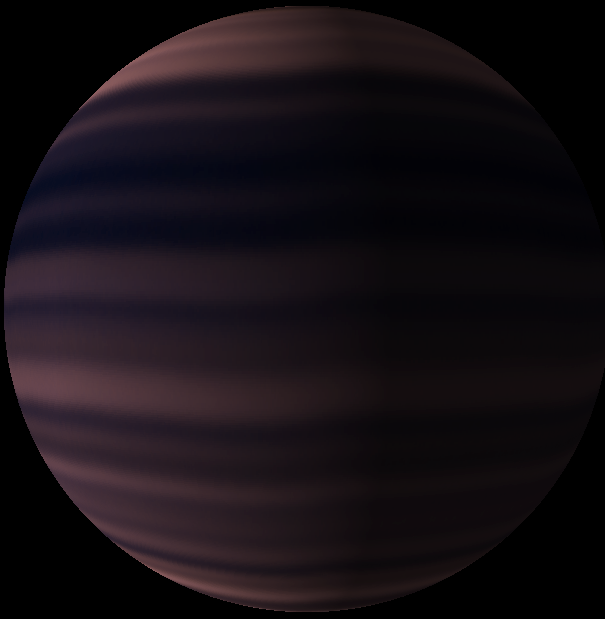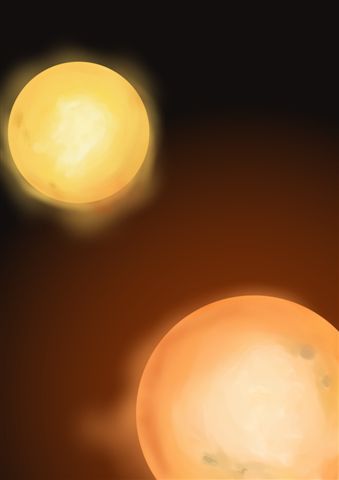55 Cancri e
55 Cancri e is a super-Earth — about twice our planet’s size — that zooms around its star in 18 days. It has a surface temperature of nearly 4,900 degrees Fahrenheit (2,700 degrees Celsius). For a while, it was dubbed the “diamond planet” because scientists suggested that it was composed of diamonds and graphite. While that theory is not as popular today, the planet still remains an interesting object of study due to its high density and its very close proximity to its parent star. Several follow-up studies have yielded more insights about its super-hot surface, as well as its atmosphere.
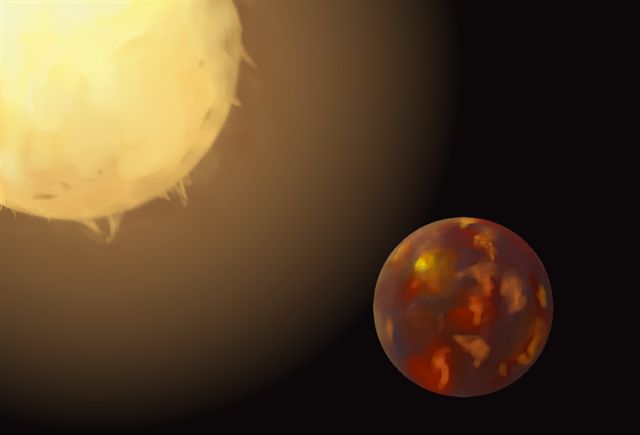
(Credit: Rina Maeda & SGH Moriyama High School)
Astronomers discovered the planet in 2004 after looking at the spectrum of its parent star, 55 Cancri A, one of two stars in a binary system about 40 light-years from Earth in the constellation Cancer. There are at least four other planets in the same system, mostly discovered before 55 Cancri e. The team (led by the University of Texas at Austin’s Barbara McArthur) discovered subtle tugs on the parent star that could be explained by the presence of yet another planet. While the planet’s existence was challenged by a second research team in 2005, a separate team in 2006 confirmed it.
(文責:高木風香)
(修正担当:野津湧太)
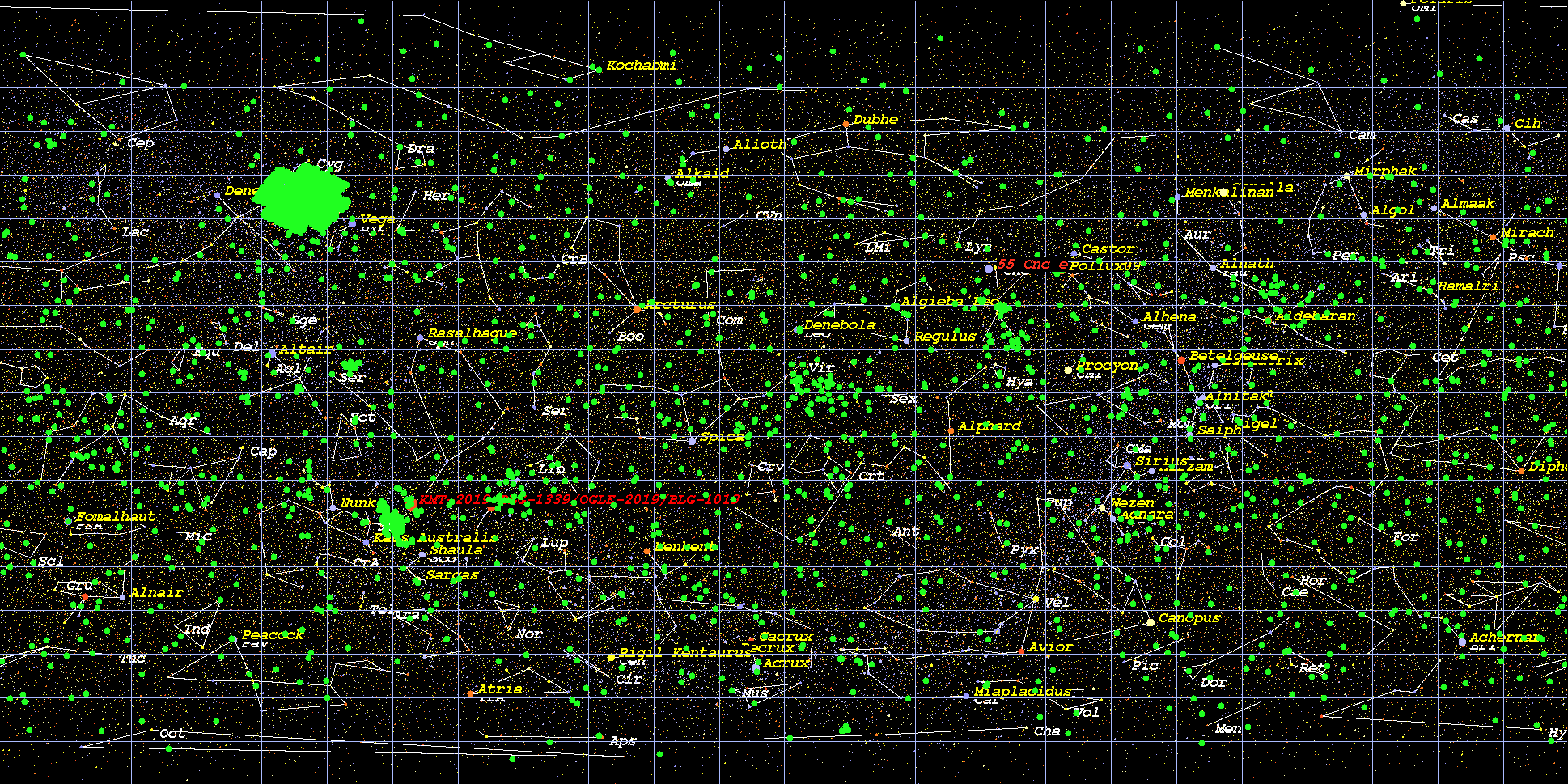
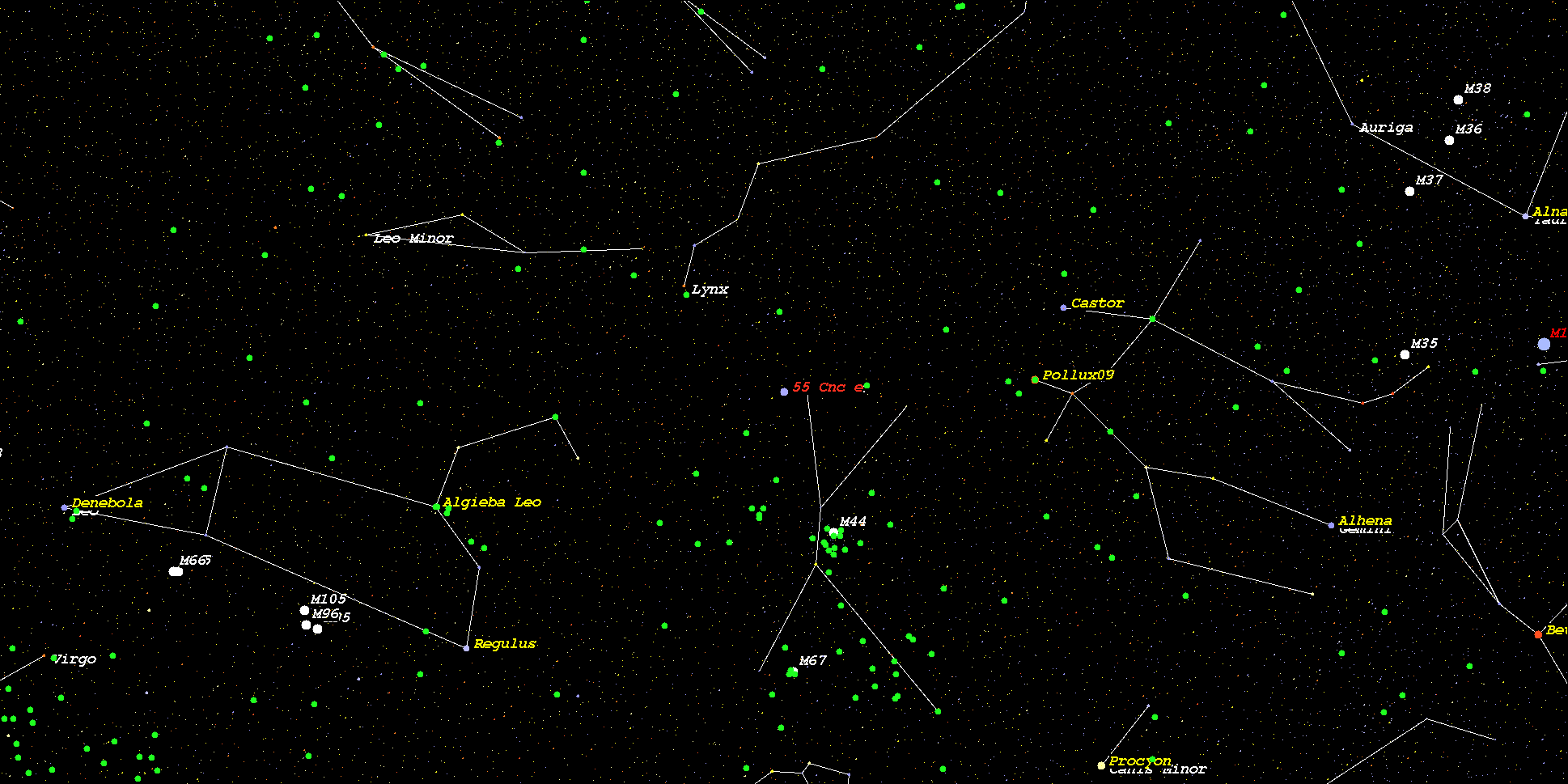
For more information about 55 Cancri e, please visit the ExoKyoto Database:
http://www.exoplanetkyoto.org/exohtml/55_Cnc_eJP.html

